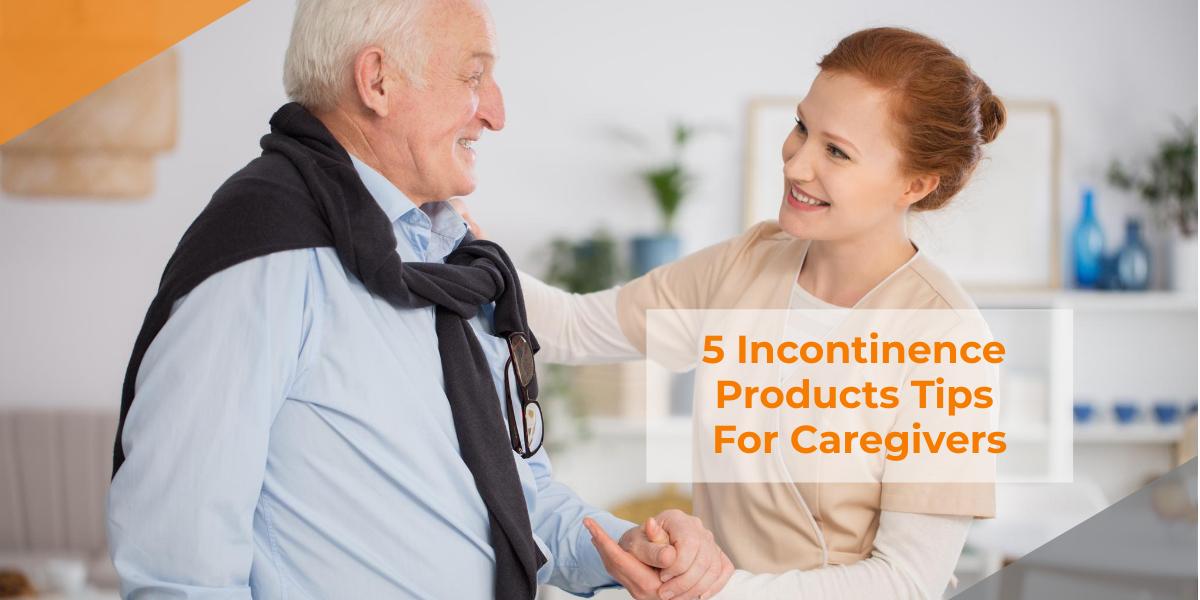Incontinence Supplies
Millions of adults in the United States have urinary and/or fecal incontinence, or a milder version of the former, sometimes called bladder weakness or overactive bladder. If you or a loved one is affected by this unfortunate but not uncommon condition, you can take comfort in knowing that you are not alone.
The good news is, it can be managed or even eliminated altogether! Start by getting the facts about incontinence and what can be done about. Be sure to talk to your doctor if you have this problem.
If you hide your incontinence, you risk getting rashes, sores, skin infections and urinary tract infections. Also, you may find yourself avoiding friends and family because of fear and embarrassment.
Many people have the mistaken assumption that the problem only affects individuals who are old and sick. The reality is much different. People of all ages, varying health status, and both genders are affected by incontinence. This has lead to the development of products for both men and women. However, while both genders are affected, women do make up the majority of incontinence sufferers.
Many people feel shame and embarrassment when they first begin experiencing symptoms. Often times they feel so isolated that they don’t even tell the people closest to them about the problems that they are having. This is unfortunate since there is more help available today then ever before. One of the key components to successfully managing the condition is finding the right product(s). Today, there are incontinence products for men and for women, so both genders can find products to meet their needs. This can help to effectively manage your incontinence and help you deal with it with more confidence.
More importantly, incontinence supplies in this day and age need not be purchased at a brick-and-mortar store. Hundreds if not thousands of online retailers sell these products for men, women and even children. The benefit of ordering these products online is that one need not subject themselves to the embarrassment that coincides with purchasing such products in-person, whereby one must select the item off the shelf, walk to the checkout counter, present the item to the cashier and pay for it upon the clerk ringing it up. To describe this process as embarrassing would be the understatement of the year.
In the late 1970’s, Kimberly-Clark introduced disposable underwear and began discussing the then-taboo subject, which wasn’t spoken about or discussed among polite company for some time thereafter. Until about 1978, disposable incontinence products simply didn’t exist and the subject was off-limits.
At that time, Kimberly-Clark began test-marketing protective undergarments. Retailers were not enthused. The AARP wouldn’t accept advertising in its magazine because the subject was “too negative.” Kimberly-Clark asked June Allyson, (who was the No. 1 female box-office star in the 1950s), if she would become their spokeswoman. She agreed and her appeal worked! She was instantly recognized by consumers who needed a solution.
Allyson touted a stream of improvements to the line of products, such as new styles, better fit, and more absorbency. Her instant recognition and positive messages have helped countless people. Millions of Americans are now able to enjoy life with added confidence provided by protective undergarments.
In the late 1980s, it was discovered that 20 percent of feminine care pads, such as Kotex, Always, and Stayfree, were being used for incontinence. This led to the introduction of Poise by Kimberly-Clark, a successful line of pads. Unlike pads for feminine care, bladder-control pads, are super-absorbent and protect three times better.
The last major innovation was pull-on underwear, aka: adult briefs. When protective underwear was first introduced, it became a #1 seller because there was a tremendous demand within the marketplace and no supply to speak of, not to mention the fact that they were so much like regular underwear, while offering a high level of protection.
There is no denying that the issue of being unable to control one’s bladder and/or bowels is a difficult issue to deal with for anyone — especially a full-grown adult. Many incontinence sufferers feel overwhelmed and alone.
So, what are my options?
Pads – From very thin liners for dribbles, to those for “sudden wetness.” Pads are smaller and less expensive than full garments.
Pull-on underwear – More like regular underwear and good for urinary incontinence. Available in different absorbencies and up to four sizes.
Adult Briefs – A full garment providing maximum protection against urinary or bowel incontinence. Secured with re-adjustable tapes or Velcro tabs, there are more 100 brands, styles, absorbencies and sizes available.
Underpads – Absorbent pads with plastic backing to protect mattresses and chairs. Available in a range of sizes, some offer super-heavy absorbency to allow a person to lie in bed without wearing an absorbent garment.
Reusable products – Some products are similar to cloth diapers, and some come in the form of a bed mat. Being that these are reusable, not only save money, but are also better for the environment.
Other Important Incontinence-Related Products:
- Wipes and Washcloths
- Gloves
- Odor control
- Skin care

